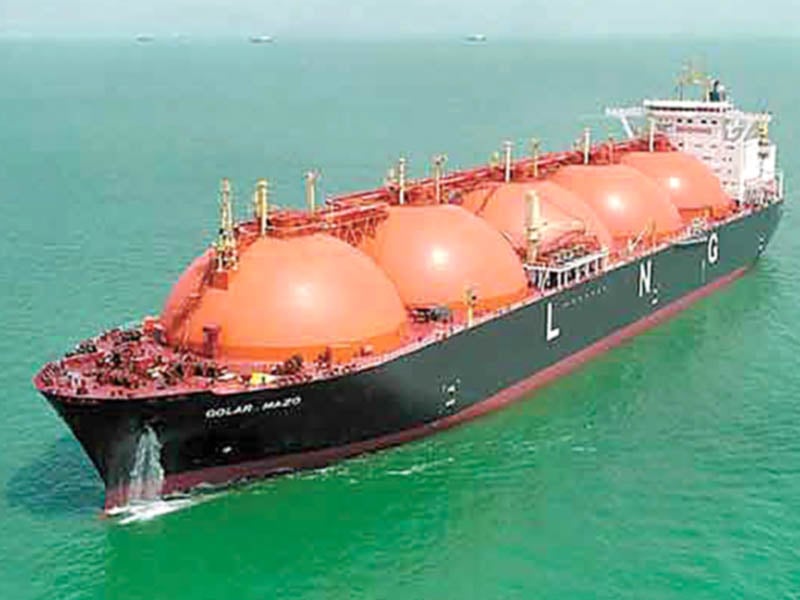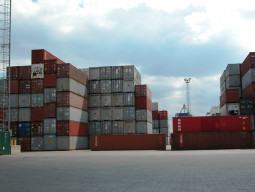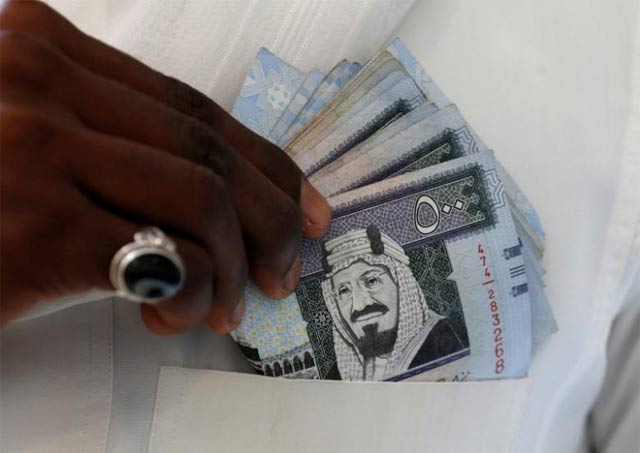
But, in the current scenario, there does not appear to be much role left for local gas. With the attempts to make gas readily available, the local gas production has been relegated.
Therefore, in this article, we will take account of the recent LNG bids and the prices and posit some proposals for enhancing local gas production in the mid-to-long term period.
To start off, the LNG agreement between Pakistan and Qatar was quite controversial until the Ministry of Petroleum and Natural Resources began international bidding. The minister believed that he had clenched a very good deal from Qatar. However, as we see, this is far from the fact.
For better comparison, results of the lowest bids have been provided in the table. The Guvnor offered the best price at 11.62% of Brent, which is the lowest for a five-year short-term contract. The next best alternative was ENI with 12.29 % for a contract period of 15 years. The long-term contracts are more expensive due to higher risks associated with price and supply.
The international tenders have demonstrated the merits of open competition as we can ascertain a true price for the product. Meanwhile, the minister insists that we got a better deal than India, since the latter got 20% higher prices from Qatar. However, contracts are not always comparable and clauses are often kept confidential. Whatever little we know of India’s LNG contract with Qatar, there is an additive term in the Brent formula which makes Indian contract more expensive, even if Brent number is the same.
Changing times
The LNG sector is now different than what it was a few years ago. Previously, LNG to oil price ratio used to be above 80%, based on which the IP pipeline gas prices were finalised. Now, the lowest price gives us a corresponding ratio of 64.51% which means that in btu terms, LNG prices are 64.51% of the oil prices. This is the reason that the country’s officials are quite upbeat about it.
Nevertheless, things change like they do elsewhere. At one point in time, coal was going to its grave, priced at $40-50 per ton. Now, it is selling at double of those prices. If LNG prices remain as these are, it can play a major role in our energy supplies.
Competition has eliminated many imperfections. LNG used to be expensive in Asia than in Europe when there was a regional pricing system. But, in reality, price differences should reflect the shipping cost difference
Yet, it is not possible to get the lowest and the best prices in LNG procurement since there are a lot of add-on costs that may add 33-50% to the basic cost involving many intermediaries such as regasification terminals, traders, transmission and distribution companies – all of whom want to have a larger piece of the pie.
Fortunately, Oil and Gas Regulatory Authority (Ogra) has managed to prevail and has approved reasonable add-on components. Regasification costs of the first terminal at Port Qasim are rather excessive at $0.66 per mmbtu. The second one is only after a year’s gap is costing $0.42 per mmbtu, even as a result of an imperfect competition. These costs are based on excessive leasing rates.
If alternative debt financing is involved at 1-2% of Asian Development Bank or World Bank interest rates v 15-20% leasing rates, these costs can be brought down to around $0.22-0.25. Even local banks can finance these projects of $250 million at rates of 6-7 % these days.
Reportedly, the ministry is actively considering alternative technical and financial approaches in its new projects. It is expected that eventually, the difference between long-term and short-term contracts prices would be either eliminated or reduced appreciably and the next round of bids may yield better results like 11.62 % of Brent instead of 12.29% as was in the case of the last lowest bid. And if the market is dynamic, take or pay terms may also be diluted due to deeper and liquid market. As a rule of thumb, we should always go for competition, since it is the safe and credible approach, as well as the politically correct one.
Our local well-head prices are around $3 per mmbtu, as against landed LNG price of around $6 per mmbtu, add to it $0.5-0.6 of regasification cost. Meanwhile, our known reserves are falling down. New Foreign Direct Investment (FDI) in the oil and gas sector is not forthcoming, which means no new technology of finding and developing the natural resources.
Relegated industry
Earlier, the local well-head prices were at $5-6 per mmbtu when oil prices were high, almost double than that of today. An important issue at this stage is whether we should keep importing LNG at double the rate of local gas, or should we increase the rates of local gas (new discoveries only) which may incentivise our local production leading to new discoveries and development of new fields. It has always been a question which could not be settled.
Production cost of oil (or gas) is typically $20-25 per barrel in most countries, except in resource-abundant countries like Iran, Iraq and Saudi Arabia. Imagine the profits and the rents when oil prices went as high as $125 per barrel. At current prices of $50 per barrel, earning a gross margin of 100%, oil companies are not happy. It was always considered a profligate sector which pays impossible salaries and benefits. However, now, they are cutting their costs and overheads.
For Pakistan, it would be impossible to reform these companies and we may even have to put up with them. Perhaps a new oil and gas policy should be devised, keeping in view the changed circumstances. Local well-head prices (for new discoveries) may have to be linked with LNG and brought at par with landed prices.
There can be floor and roof price provisions. And the high prices may be for the first five discoveries made in the first five years. Thereafter, one could readjust the incentives keeping in view the prices. While it is unlikely that this will take place just before next year’s elections, consultations may be initiated at this time and policy papers and proposals can be prepared.
The writer has been member energy of the Planning Commission
until recently
Published in The Express Tribune, May 8th, 2017.
Like Business on Facebook, follow @TribuneBiz on Twitter to stay informed and join in the conversation.























COMMENTS (3)
Comments are moderated and generally will be posted if they are on-topic and not abusive.
For more information, please see our Comments FAQ